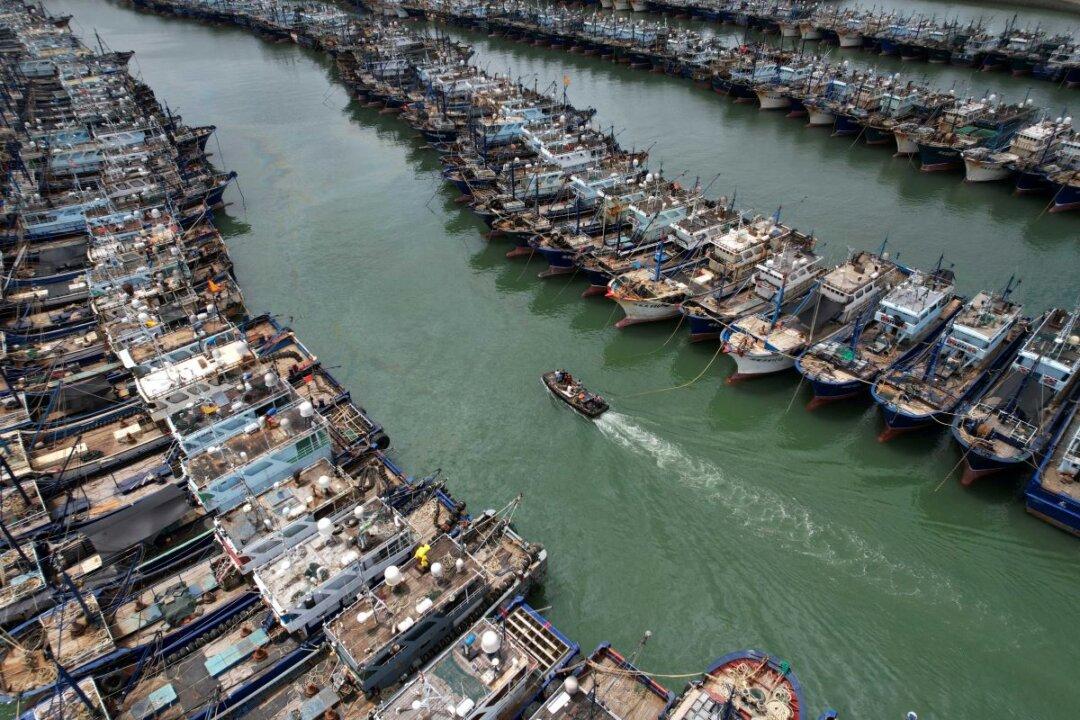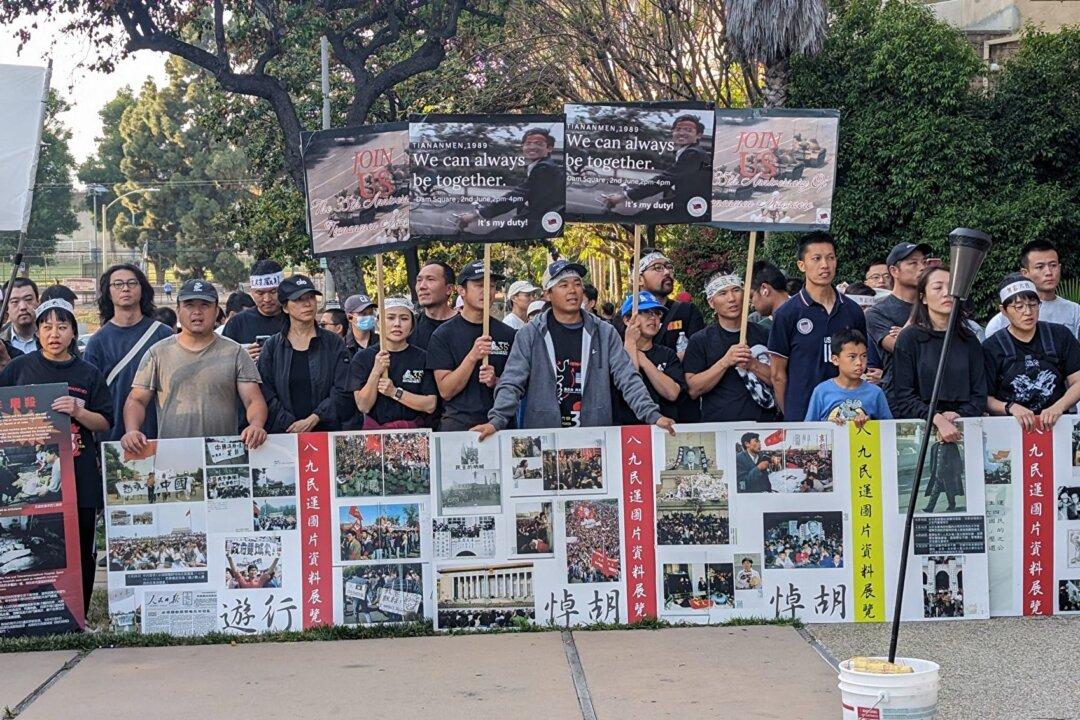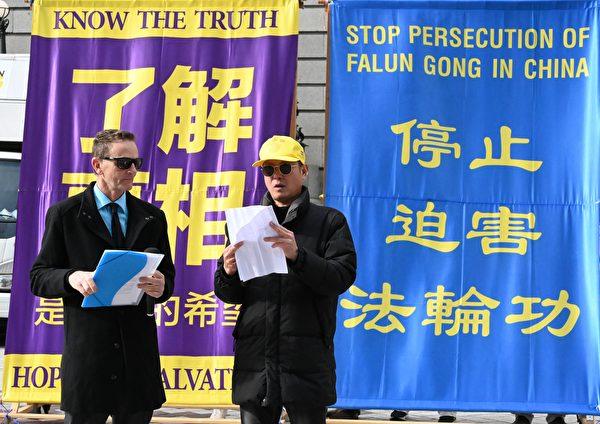Massive flood discharge from Beijing has been blamed for submerging Zhuozhou, a city bordering the capital Beijing in the southwest, as Typhoon Doksuri wreaked havoc in China’s northeastern coastal provinces.
The local weather bureau reported that the remnants of the typhoon brought 29 inches of rainwater—which normally fall in a whole year in Hebei Province—breaking Beijing’s 140-year rainfall record.




